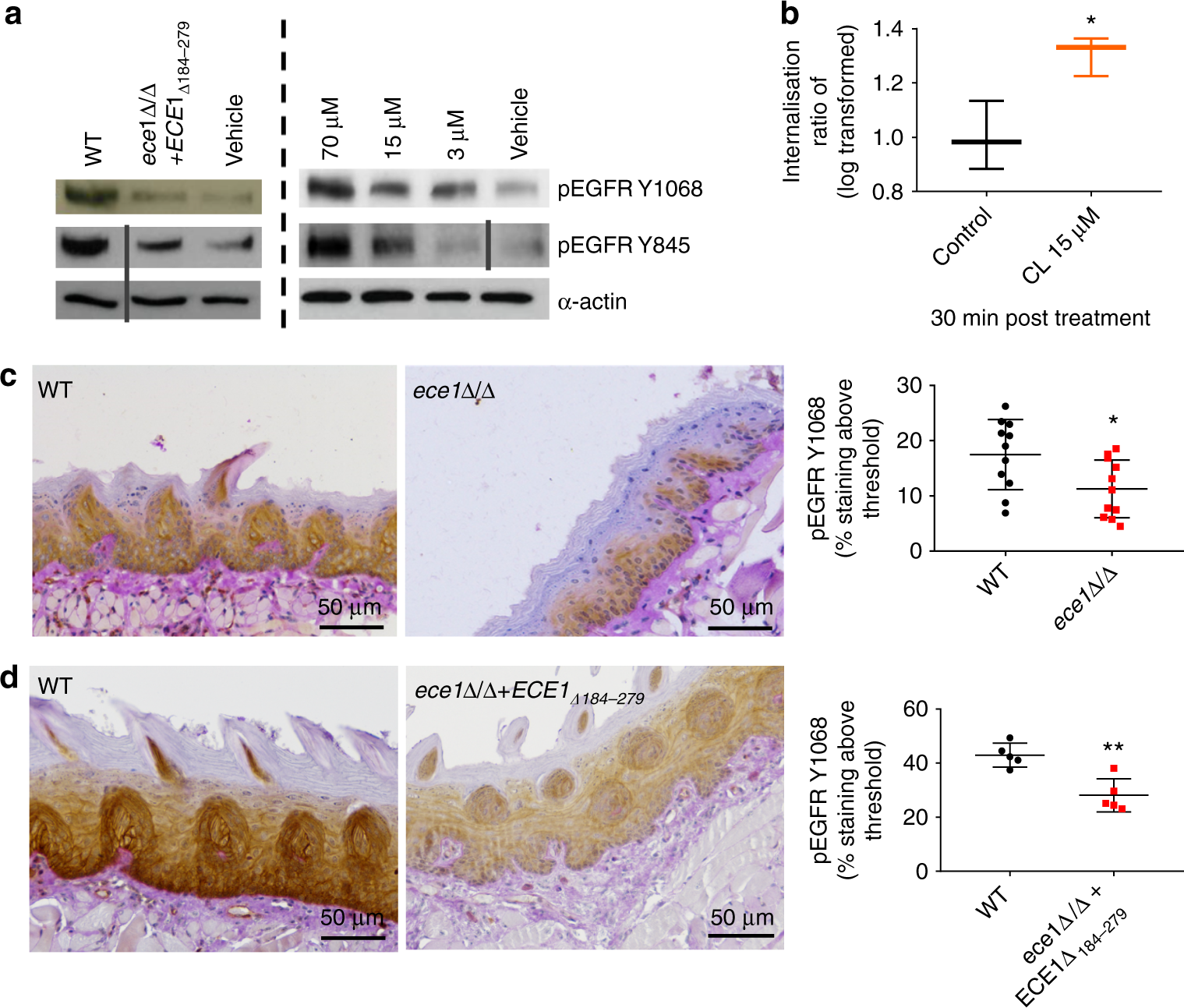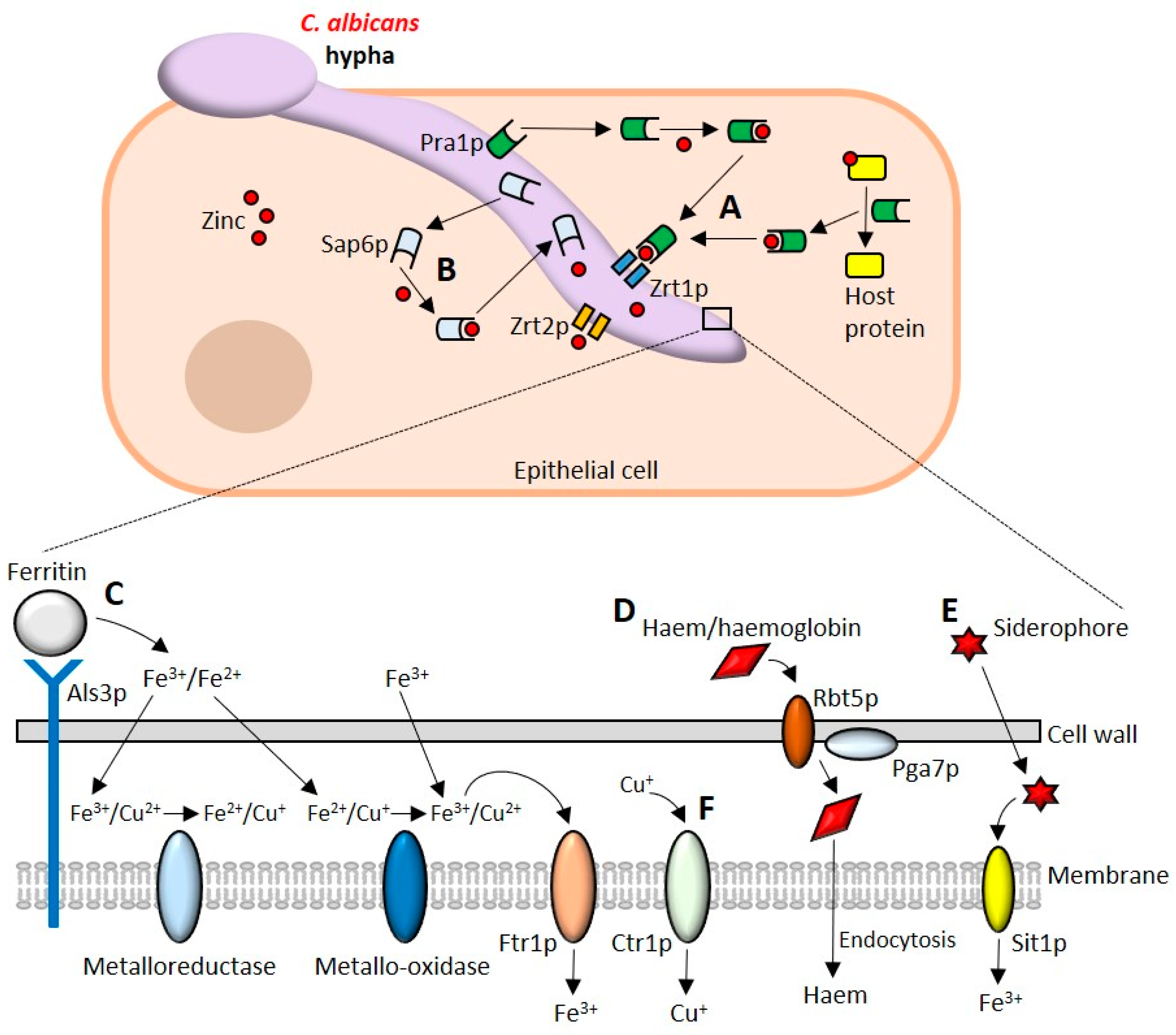
Pathogens | Free Full-Text | Candida albicans Interactions with Mucosal Surfaces during Health and Disease
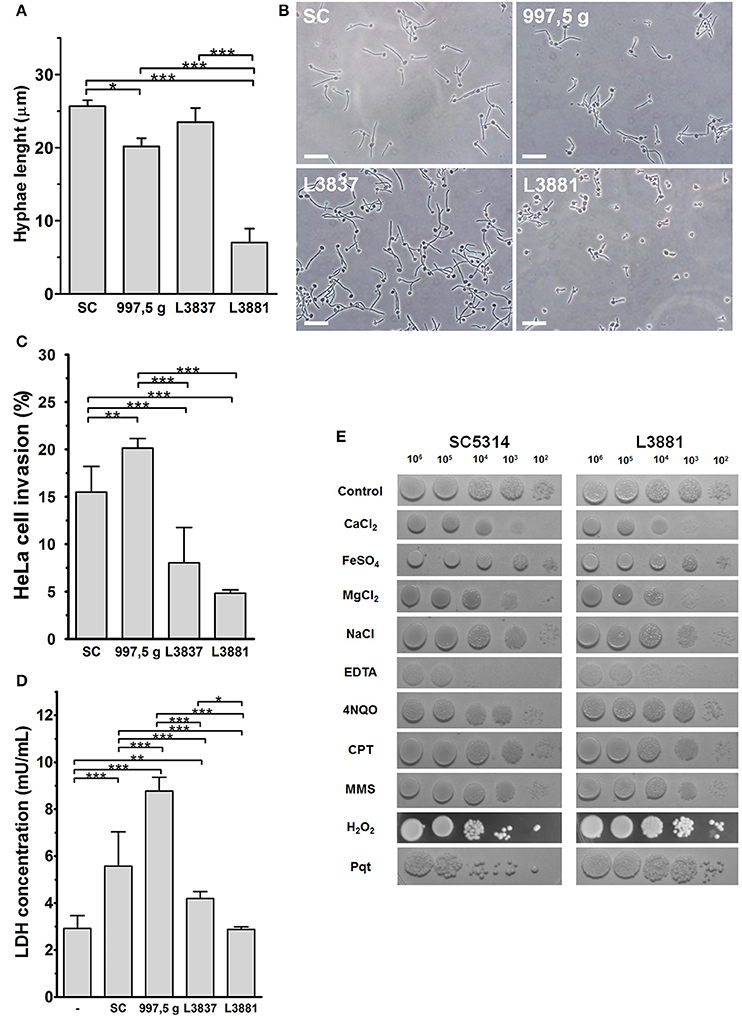
Frontiers | Candida albicans: The Ability to Invade Epithelial Cells and Survive under Oxidative Stress Is Unlinked to Hyphal Length

Cellular interactions of Candida albicans with human oral epithelial cells and enterocytes - Dalle - 2010 - Cellular Microbiology - Wiley Online Library

The Candida albicans toxin candidalysin mediates distinct epithelial inflammatory responses through p38 and EGFR-ERK pathways | Science Signaling
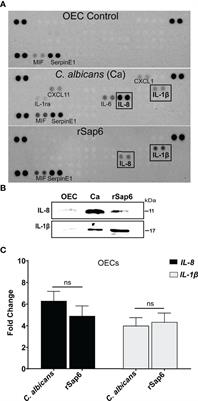
Candida albicans Sap6 Initiates Oral Mucosal Inflammation via the Protease Activated Receptor PAR2 - Frontiers
From Attachment to Damage: Defined Genes of Candida albicans Mediate Adhesion, Invasion and Damage during Interaction with Oral Epithelial Cells | PLOS ONE

Activation of NF-κB and MAPK signaling by different Candida species and... | Download Scientific Diagram
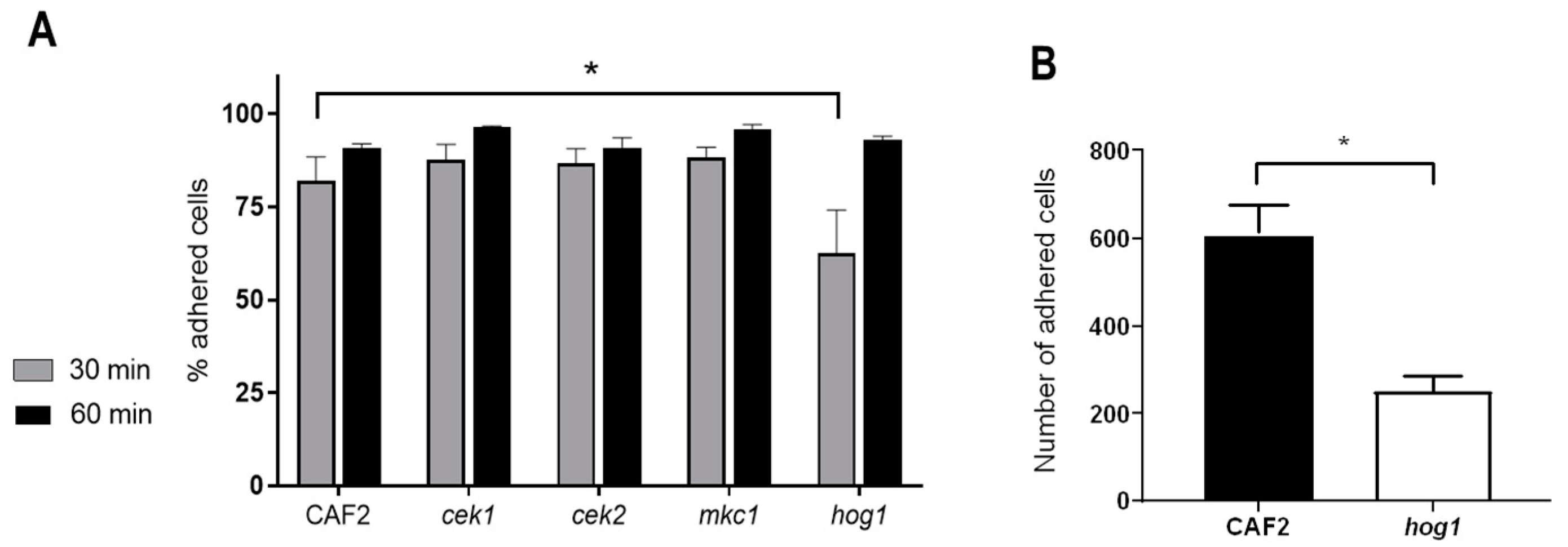
Microorganisms | Free Full-Text | Cooperative Role of MAPK Pathways in the Interaction of Candida albicans with the Host Epithelium

Activation of MKP1 and c-Fos signaling by C. albicans Dals mutants. C.... | Download Scientific Diagram

C. albicans Infection of TR146 Epithelial Cells Activates NF-κB and... | Download Scientific Diagram

The Candida albicans toxin candidalysin mediates distinct epithelial inflammatory responses through p38 and EGFR-ERK pathways | Science Signaling
From Attachment to Damage: Defined Genes of Candida albicans Mediate Adhesion, Invasion and Damage during Interaction with Oral Epithelial Cells | PLOS ONE

Processing of Candida albicans Ece1p Is Critical for Candidalysin Maturation and Fungal Virulence | mBio

Oral epithelial cells orchestrate innate type 17 responses to Candida albicans through the virulence factor candidalysin. - Abstract - Europe PMC
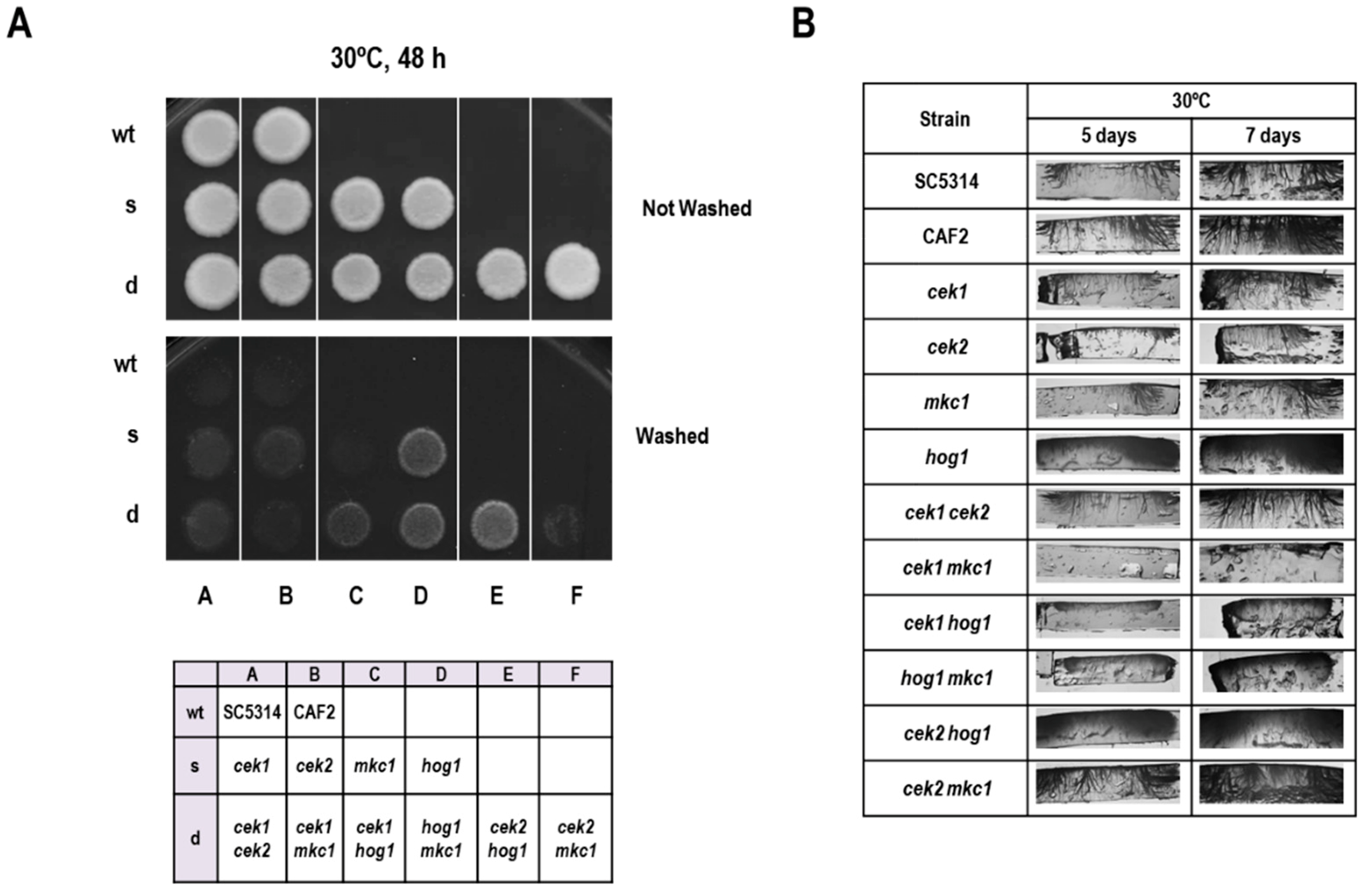
Microorganisms | Free Full-Text | Cooperative Role of MAPK Pathways in the Interaction of Candida albicans with the Host Epithelium
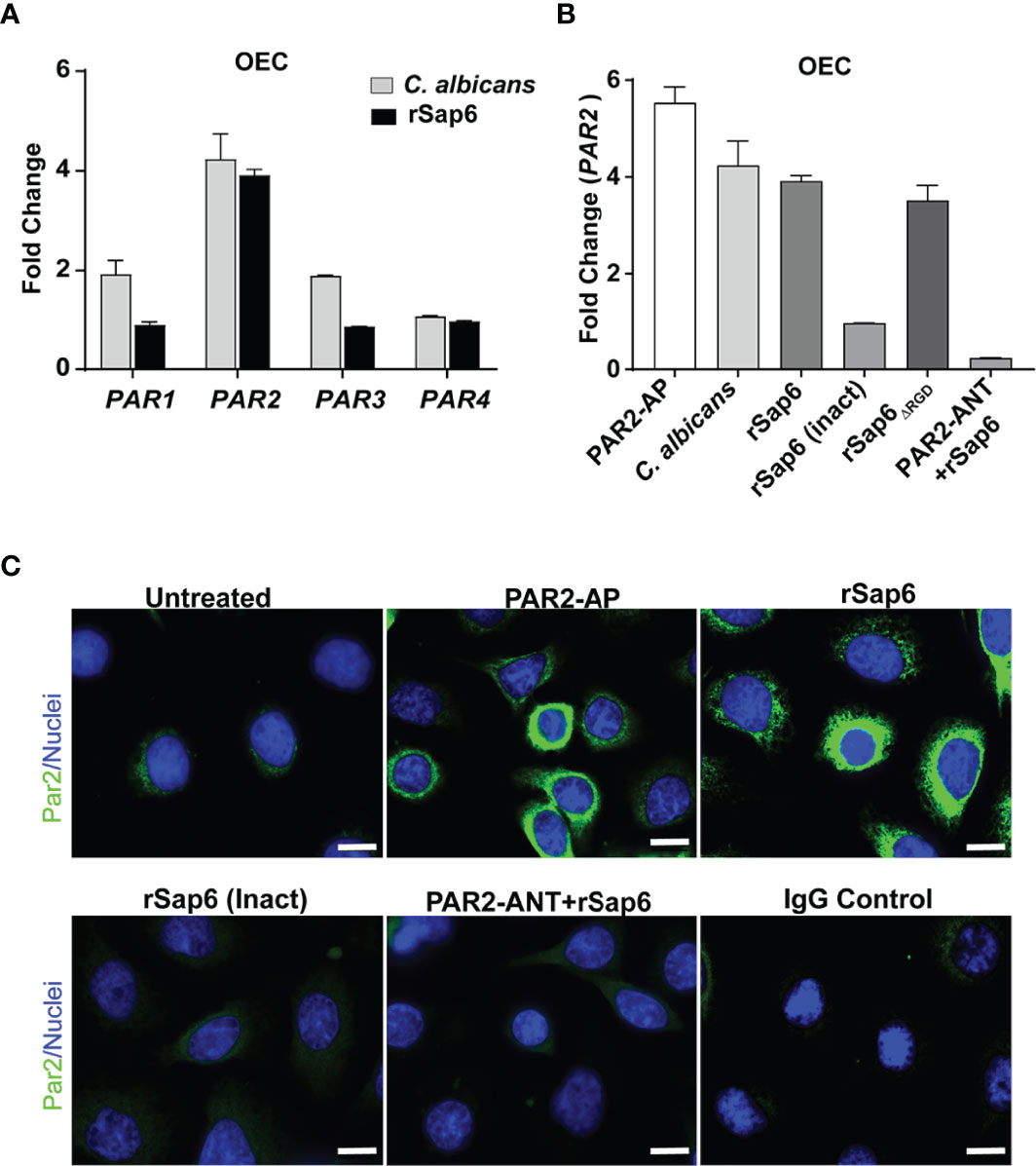
Frontiers | Candida albicans Sap6 Initiates Oral Mucosal Inflammation via the Protease Activated Receptor PAR2

Oral epithelial cells orchestrate innate type 17 responses to Candida albicans through the virulence factor candidalysin | Science Immunology

Cytokine induction by C. albicans Dals mutants. C. albicans yeasts were... | Download Scientific Diagram
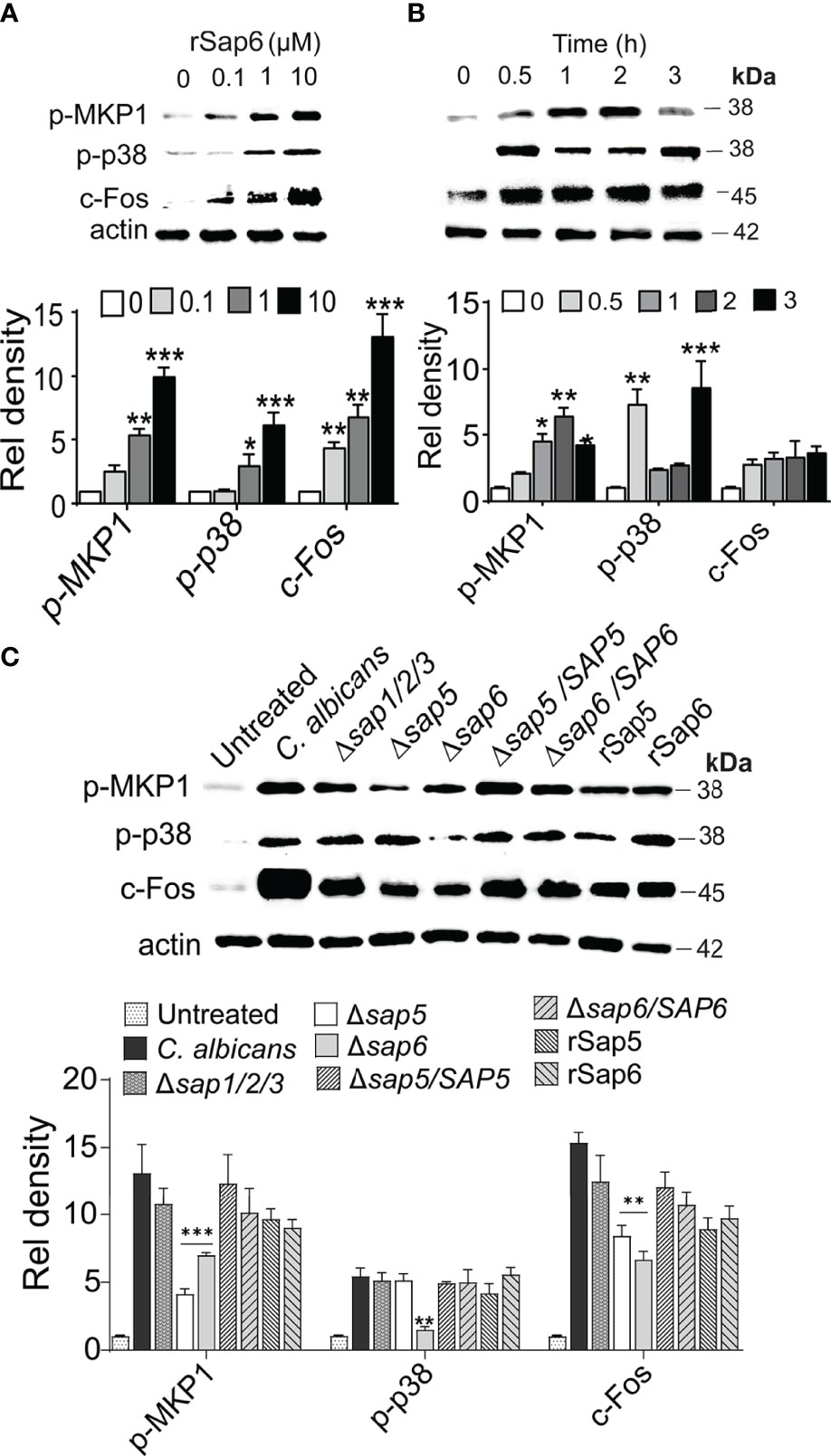
Frontiers | Candida albicans Sap6 Initiates Oral Mucosal Inflammation via the Protease Activated Receptor PAR2

Candida albicans Cell Wall Glycosylation May Be Indirectly Required for Activation of Epithelial Cell Proinflammatory Responses | Infection and Immunity
